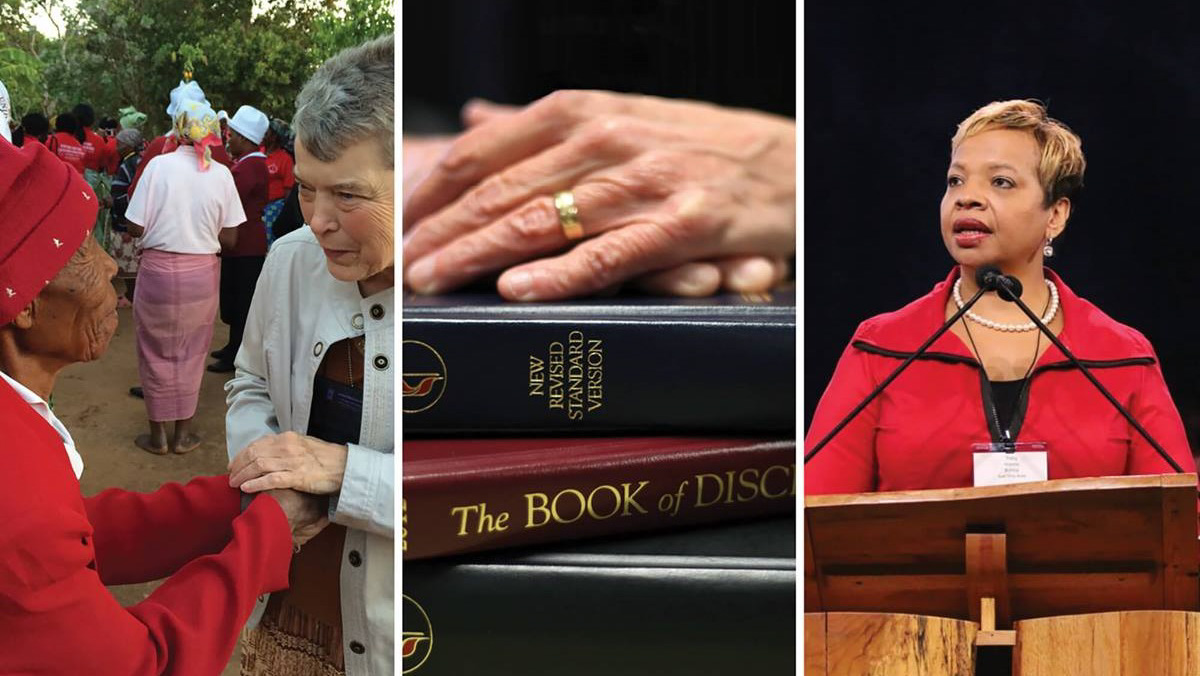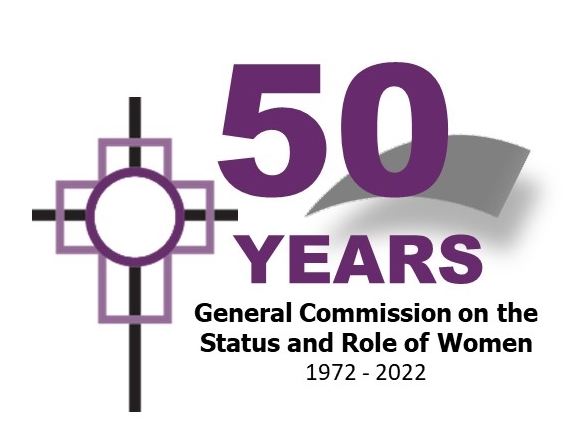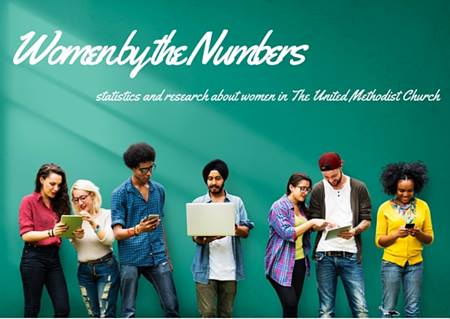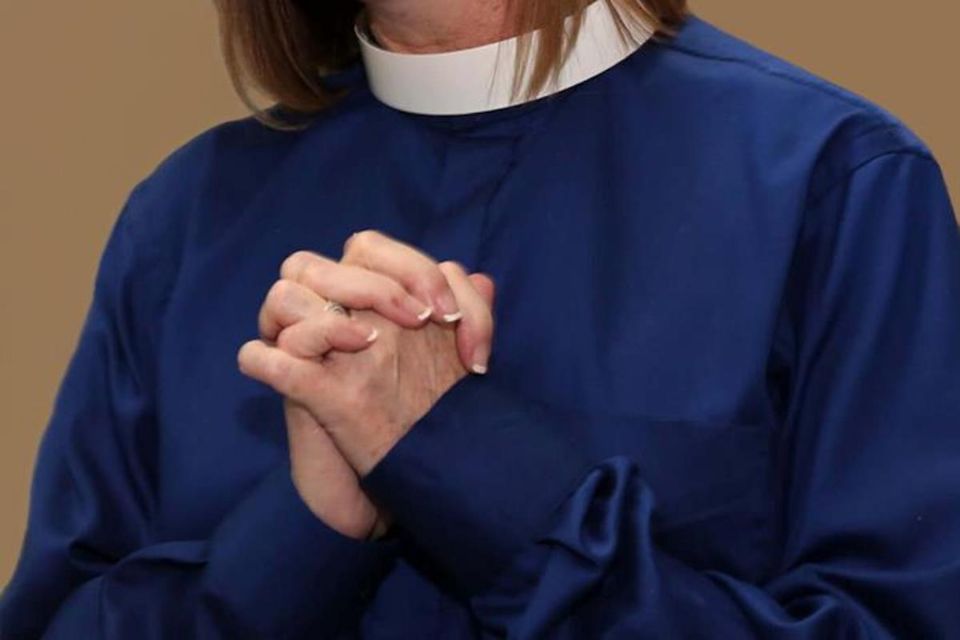
UM advocacy agency reveals lagging equity for clergywomen

The General Commission on the Status and Role of Women (GCOSROW), created by General Conference in 1972, provides research, advocacy, training, monitoring and educational resources to churches and conference commissions like Eastern PA’s COSROW. All UM annual conferences are required by the Book of Discipline to have a Commission on the Status and Role of Women.
GCOSROW’s board, comprising women and men, met March 11-12 and focused on the future of its engagement and advocacy within the UMC. Read press release. Its recent efforts include providing information and guidance for persons interested or involved in sexual ethics and complaints of sexual misconduct in the UMC. That includes its “Do No More Harm” and “#MeToo Toolkit” resources.
The agency, which celebrated our Methodist foremothers and the Equal Rights Amendment in its online “I Am Her” lunch and learn discussion series March 25, addresses concerns facing church laywomen. It also offers resources to assist clergy families as they serve congregations. And it researches and informs the church about pay equity, working conditions and career advancement for women clergy.
Gender disparities among clergy

Two recent publications, highlighting GCOSROW-commissioned studies on that topic, appear on its website on a page titled “Women by the Numbers.” They were authored by Magaela Bethune, PhD, a researcher, author and professor. The publications are:
- “How Far We’ve Come and the Distance Still to Go: UMC Clergywomen are Still Significantly Undercompensated” (2020)
- “2020 Geographic Trends of Gender Disparities in Composition and Compensation for UMC Clergy.” (2021)
UM News covered the most recent study in its Oct. 27, 2021, article “Women clergy still paid less.” “Despite the trend of women constituting over half of the UMC membership, women are significantly underrepresented among active, full-time UMC clergy and are paid significantly less than UMC clergymen,” Bethune said in the report.
In the U.S. UM women pastors made 8.2% less than their male counterparts in 2020; and there are far more male clergy than female in the denomination. Men make up 68.1% and women 31.9% of all UM clergy.
“If we don’t expose it, we will never fix it,” said the Rev. Pamela Pirtle, GCOSROW’s director of leadership development and accountability.
“The percentages … speak for themselves,” said the Rev. Rachel Billups, pastor of Ginghamsburg Church, a multi-campus United Methodist congregation in the West Ohio Conference. Billups is one of the few female pastors leading a United Methodist megachurch. “As long as this level of disparity exists … there has not been enough emphasis within the denomination. And, it’s not simply an issue of equity for women, but also for persons of color, as well as for those clergy serving in and among the poor.”
The disparities are moving in the right direction, but very slowly, Bethune said. The Eastern PA Conference is one of about 20 that showed progress in closing the pay gap between 2015 and 2020.
There are some factors that complicate the study, which also looked at housing allowances and parsonages — where again, women trail men in compensation.:

• Women clergy were on average 11 years younger than their male counterparts in 2020, and more experienced clergy tend to make more money.
• Data was only collected from people enrolled in the Wespath Benefits and Investments system, meaning some part-time pastors, deacons and elders were not part of the study.
• The cost of living varies in different parts of the U.S., which might account for part of some disparities.
‘I’m just lucky to be here’
“I think there probably quite a few women who don’t ask for more,” said the Rev. Jonette Gay, EPA’s COSROW chair in an interview with NEWSpirit Communications. “A lot of women may feel almost like ‘Well, I’m just lucky to be here.’… The church can determine the salary, as long as it’s not below the minimum requirement.”
Gay, who began as a clergywoman in the Texas Conference 30 years ago, remembers thinking when she started in 1992 that “when there’s more equity, we won’t need COSROW or the General Commission on Religion and Race anymore. Then about a couple of years in, I thought, ‘We’re going to have these (commissions) until Jesus comes back, because it’s always going to be an issue.’”
With finances and memberships among many churches in decline, and some congregations still resisting appointment of women as lead pastors, she’s even more convinced of that now. But her deepest concern is for the working mothers in her congregation who have been struggling during the COVID pandemic to work from home, while helping to teach their children and care for their families.
The theme for International Women’s Day, March 8 this year, focused on equity and empowerment in career opportunities for women. That remains a goal for many United Methodists and especially for those who advocate for the concerns of clergy and lay women across the denomination and in society as well.
